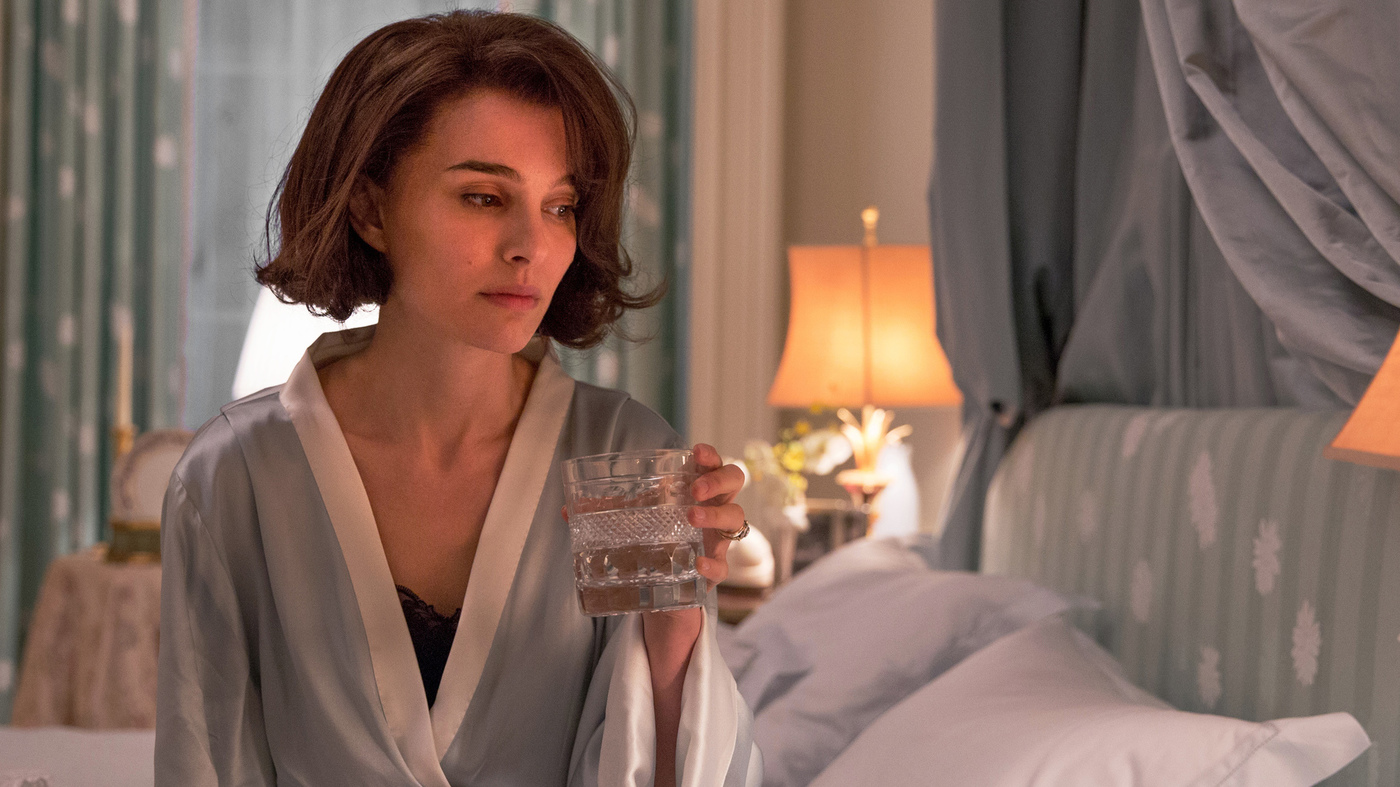Blueprints: "Jackie"
 Thursday, November 16, 2017 at 4:45PM
Thursday, November 16, 2017 at 4:45PM In this week’s edition of Blueprints, Jorge takes a trip to the brief shining moment known as Camelot to look how a script can transmit mood.
There can sometimes be a common misconception that what a writer contributes to a script is limited to story structure, action description, and dialogue. These are in no way small feats; after all, it’s the creation of an entire world, the people who inhabit it, and what they do. But it is often thought that his or her job stops there, and it is everyone else's job to fill in the blanks with textures.
Many of cinema’s most deep, emotional, and transcendental moments are a marriage of sound, image, and performance; devoid of any substantial plot or dialogue. So much of what makes cinema powerful is about mood. And while there may be the belief that this is the work of the director, cinematographer, actors, and musicians, mood is also born on the page.

Let’s take a look at Jackie, a movie that is more a collection of feelings, images and sounds than a straight forward narrative...
Let’s talk about the sequence musicalized to “Camelot”, to see how screenwriter Noah Oppenheim conceived the mood (and pretty much directed the entire sequence) in the page.
Jackie
Written by: Noah Oppenheim
[You can read the full script here. I will be talking about these pages and this scene.]
A couple of weeks ago, I wrote about the TV show Crazy Ex-Girlfriend, and how the writers there managed to put down the choreography of a musical number in the page. In a way, Oppenheim does something similar in Jackie.
The Camelot sequence is a musical number. The song that is playing in the room, even if it’s not sung by anyone on screen, informs and reflects the emotional moment that Jackie is going through (“Ask ev'ry person if he's heard the story, and tell it strong and clear if he has not, that once there was a fleeting wisp of glory, called Camelot.). This song becomes thematically relevant throughout, and this is a unifying moment inside a cinematic collage of moments.
And even though this is less a song-and-dance, and follows more the line of stream-of-consciousness, dream-like flow of the film, in the page it is actually all extremely planned, down to her very movements, types of shots, and editing style.

However, Oppenheim does something more. This is not just a blueprint, a series of steps to guide the actress and the camera. He also adds lyrical descriptors into the page, much like the movie does in the screen.
The action lines (this is a completely dialogue-free scene) provide strokes of Jackie’s character (“She drinks”; italicized), of her mood (“Outside, night has fallen and all is quiet -- but she can’t sleep”), of her state of mind (“She’s dressed up for her husband – but he’s not there”). It shows how fractured she is as she moves from room to room finding comfort, and manages to unify it all under a song so it feels like a single, coherent moment.
The writing style is more literary than in most scripts, since it is not just a description of the action, but also a description of the mood.

***

***

Jackie is not a traditionally narrative movie, and thus the script is not a traditionally narrative script. It navigates in the same sensory space as the film, being at once incredibly accurate in its description of movements and mechanisms, while also existing fully inside a liquefied atmosphere.
And this is all accomplished without Natalie Portman having to open her mouth and chew on the words with that delicious accent. That is something to discuss another time.



Reader Comments (9)
Great piece. Great film.
Hugely underrated by Oscar.
There's a small moment in that scene when she impatiently fiddles with a clasp that bowled me over. That one gesture economically conveyed oceans.
This movie is FREAKING fantastic. Portman deserved the Oscar.
best original screenplay of 2016.
and the movie is a masterpiece and palbo larraín is insanelly talented! best south american director today!
People fighting over who deserved the Oscar - Huppert or Stone - when Portman gave easily the best performance of last year (male or female)
Superb movie. The direction and screenplay should have been nommed by oscar.
Actress last year:
1. Huppert
2. Adams
3. Portman
4. Bening
5. Streep
Portman’s performance was so so good. I’m still shocked she barely won anything. None of the big prizes, right? Shocking for a biopic perf this outstanding. Leagues better than Stone.
Portman was my number 1. Benning my number 2.
Wonderful movie, superb soundtrack, stunning art direction and brilliant Script.
Portman was my number 2 last year. Amazing.
Nice to see people praising this. I also thought it was so underrated last year and not sure why. "Biopic" about a woman not as interesting to the Academy?